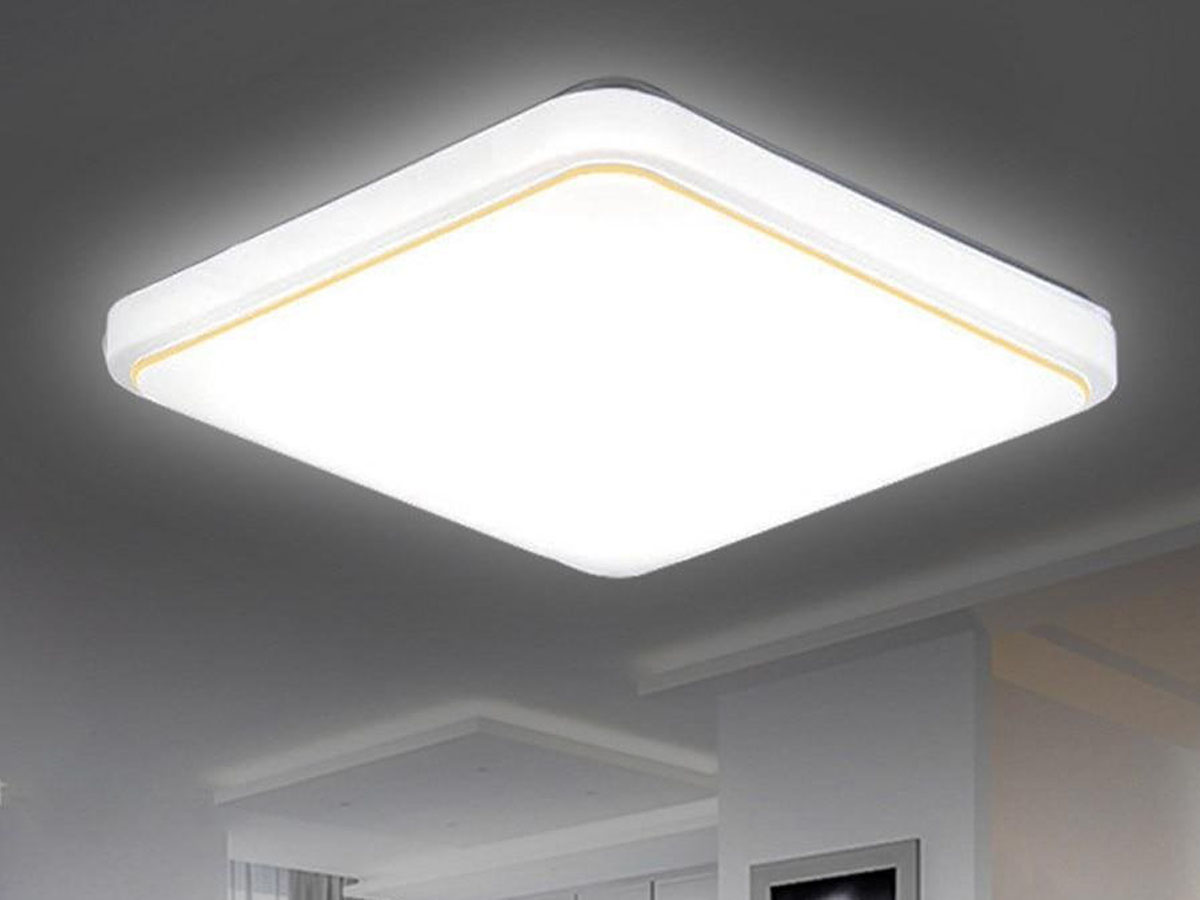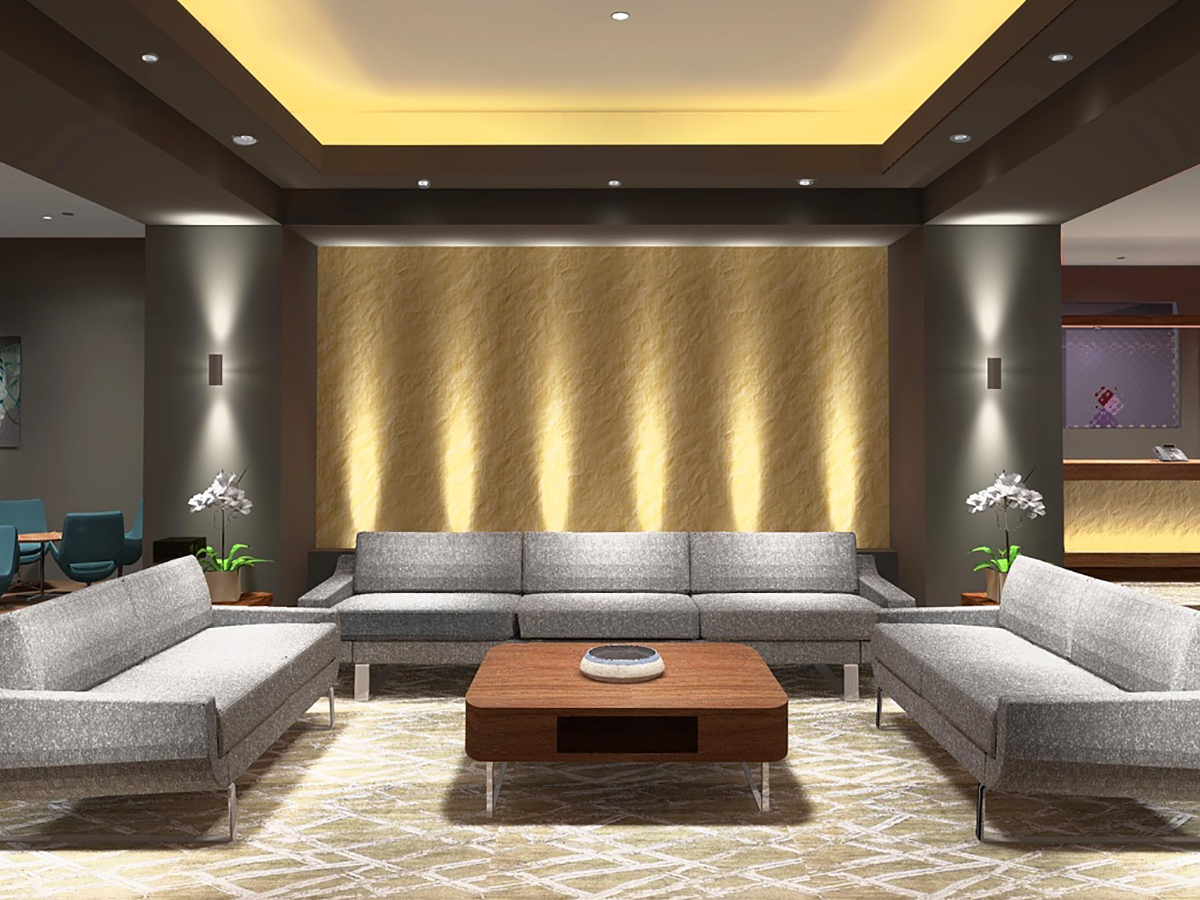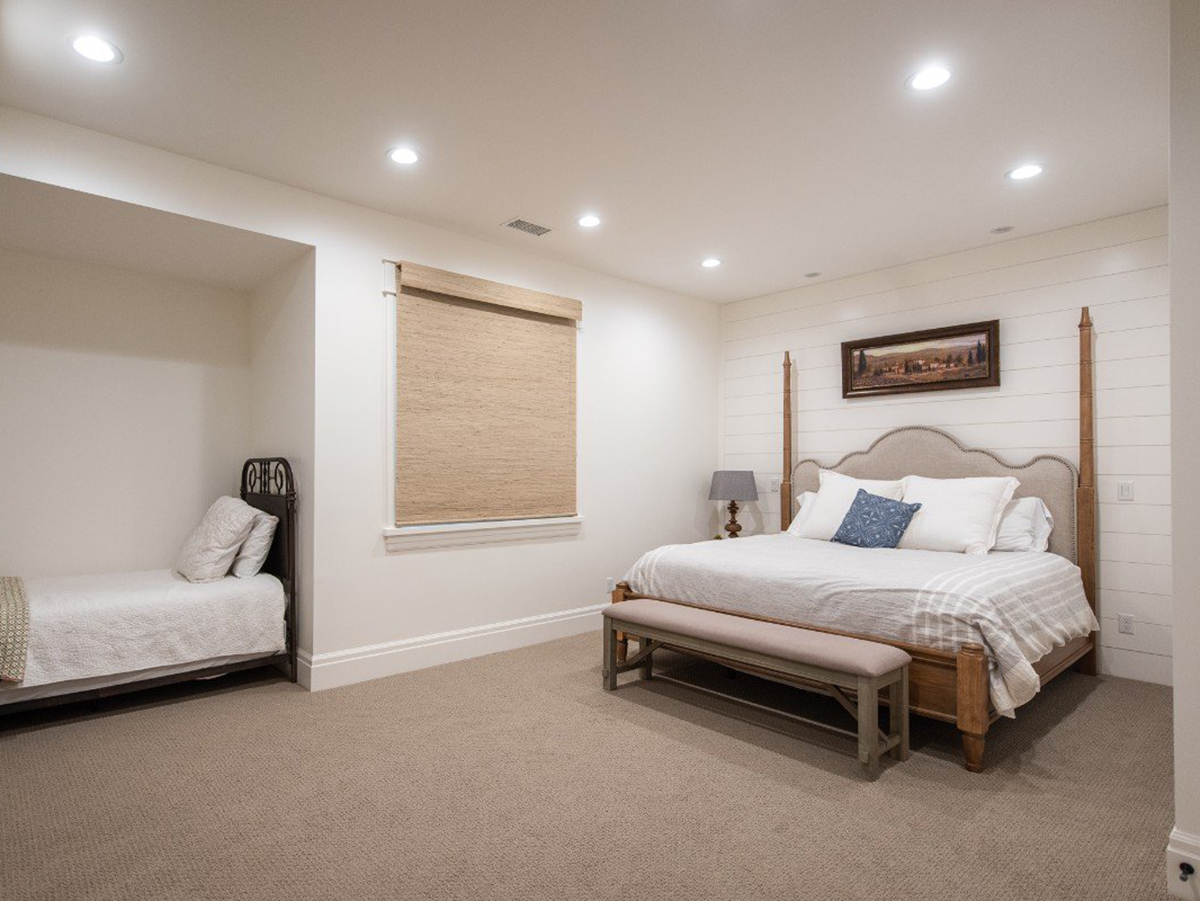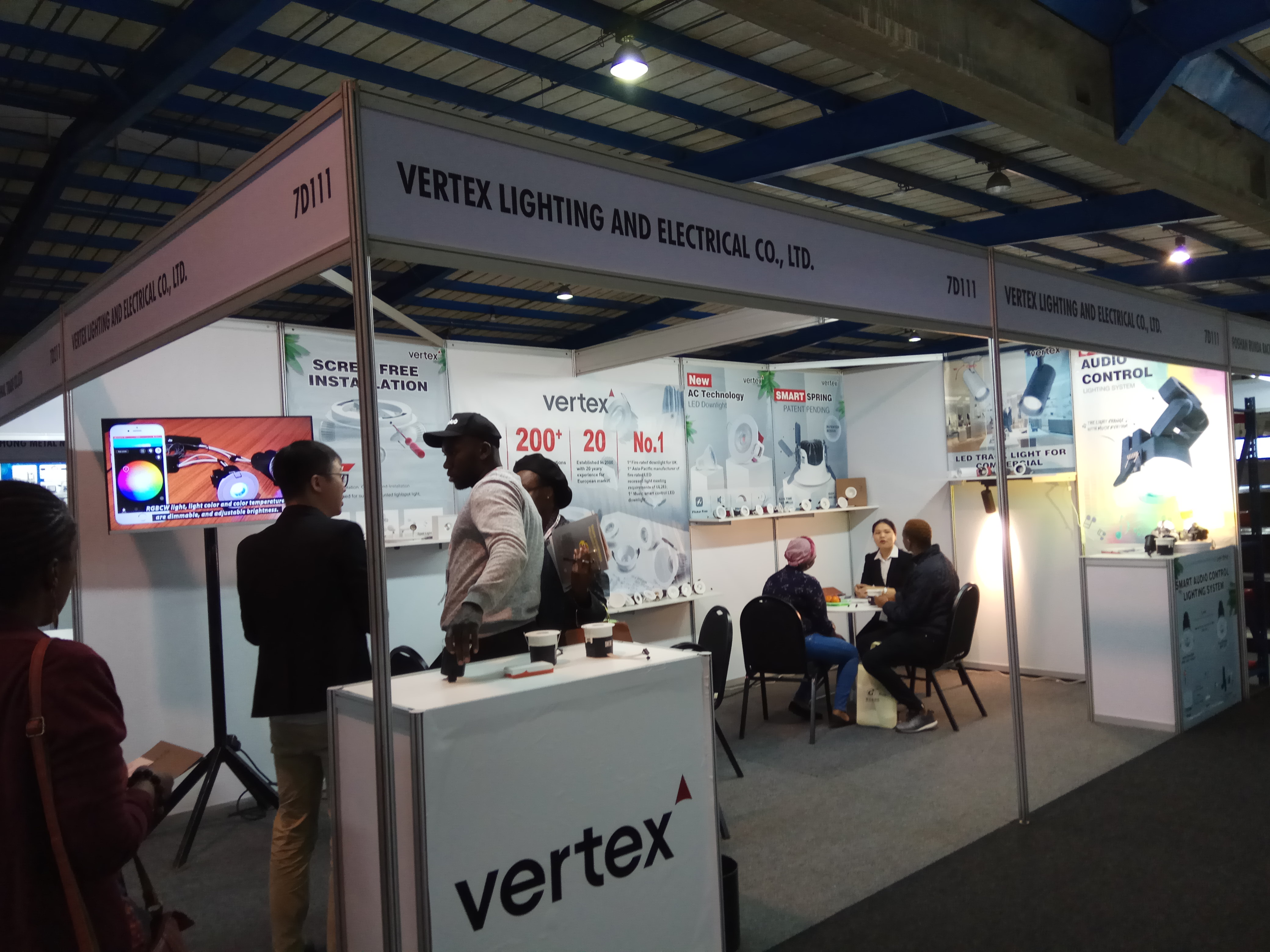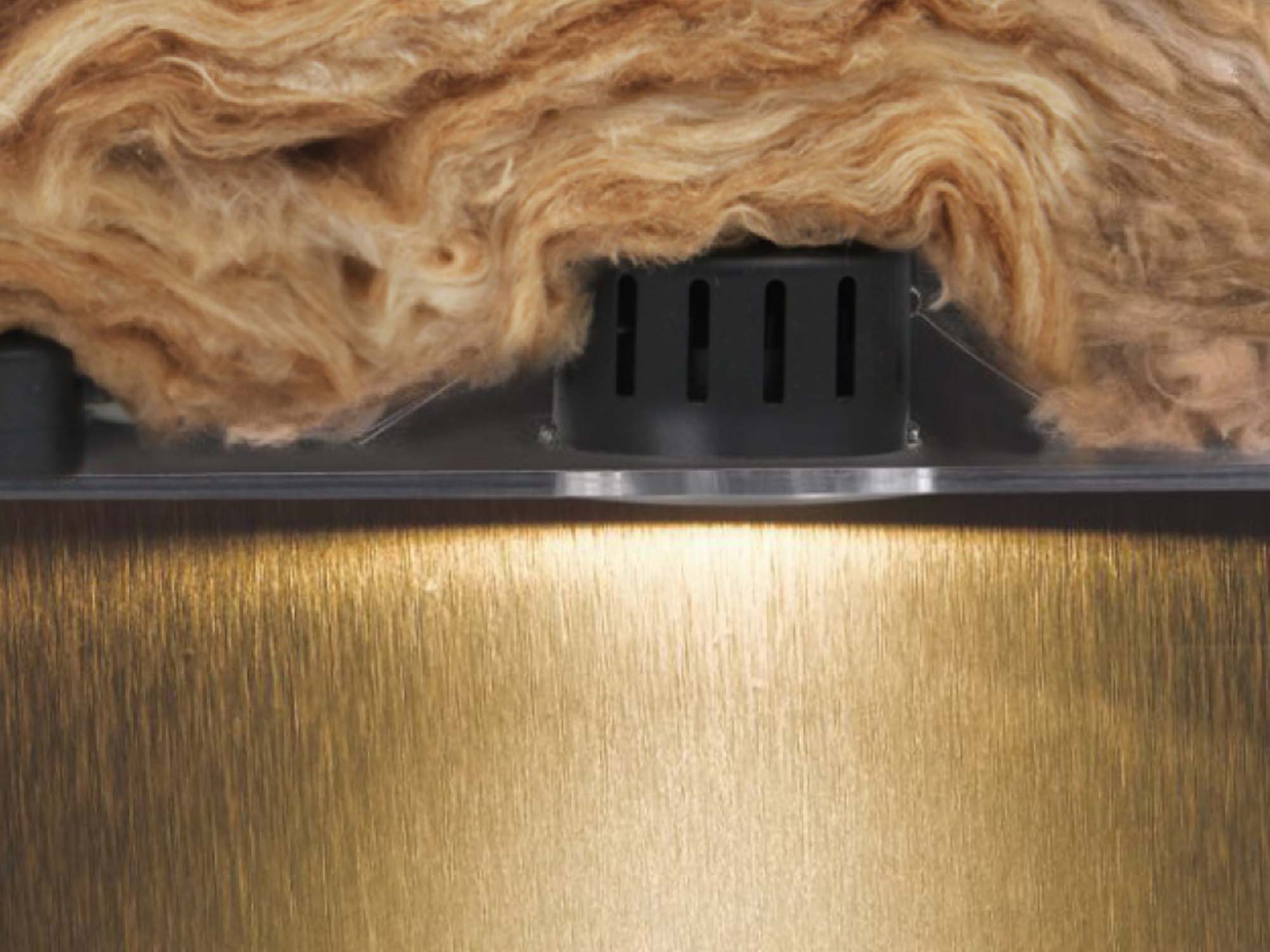Selecting the perfect LED lens or reflector is crucial for optimizing your lighting project. Our selection spans a broad range of LED types and configurations, including:
Recessed led downlight
Surface mounted downlight
LED spotlight
LED cabinet light
WHAT ARE LED OPTICS?
LED fixtures often incorporate secondary LED optics—like lenses, reflectors, or optic & holder kits—to modify the light output for specific applications. At RS Components, you'll find a diverse selection of these components tailored to enhance your lighting solutions. Here's a detailed look at each type:
LENSES
Our LED lenses are available in multiple shapes including round, square, and hexagonal, and are made from materials like plastic and silicone—ranging from rigid to flexible options. Whether you're working with individual LEDs or entire modules and strips, these lenses are designed to maximize light control and enhance the visual appeal by concealing the underlying components. Their diverse properties allow for precise manipulation of light distribution, meeting a wide array of lighting needs.
REFLECTORS
LED reflectors, designed to modify the LED beam, provide a cost-effective and straightforward solution for various lighting installations. While they offer less control compared to lenses, their versatility in shape and design—ranging from smooth to multifaceted interiors, and available in metal-coated or plain plastic—allows for creative lighting effects. Certain models also include a sub-lens to further diffuse or direct the light as needed.
OPTIC & HOLDER KITS
Our LED optic and holder kits combine both a lens or reflector with a convenient holder, often referred to as lens assemblies or reflector kits. These kits not only simplify installation compared to stand-alone components but also improve performance by incorporating a mechanical cut-off shield. Some kits feature an LED holder to secure the LED, upon which the lens or reflector can be easily attached by twisting it into place.
Key Factors to Consider When Selecting LED Optics
Beam Angle
The beam angle is critical as it determines how light is distributed. Whether you need a narrow angle for focused spotlights or a wider angle for broad area illumination, selecting the appropriate lens or reflector is essential.
Lens Clarity and Diffusion
Choose between clear lenses for a sharp, direct beam, or diffused lenses for a softer, more even light spread. This choice affects the uniformity and the aesthetic of the light output, especially useful in setups with multiple LEDs.
Compatibility and Configuration
Consider the number of LEDs each lens or reflector is designed to accommodate. Options range from single LED setups to larger arrays suitable for extensive area lighting like street lamps. It's advisable to consult manufacturer specifications to ensure compatibility. Additionally, some systems come with LEDs pre-mounted on boards, facilitating easier installation without the need for precise alignment and soldering.
Fixing Method
How will you attach your lens/reflector? Some optics come supplied with an adhesive tape backing ready to be stuck down. Other optics will simply twist or snap onto an LED holder. Some may need attaching with screws or specific clips from the manufacturer. Alternatively a glue is used to attach the optic. Please note that certain glues are not compatible, check the manufacturer data for more information.
Adhesive Tape
Lens/Reflector Material
| Material | Description |
| PMMA | Clear plastic, sometimes known as acrylic. PMMA is a cost-effective material which is common in lenses. |
| PC (Polycarbonate) | Temperature and impact resistant plastic. It also offers great optical characteristics. |
| Silicone | Lenses made of silicone are flexible. They are also resistant to effects of UV light. |
| HRPC | Hyper Reflective PC is used in reflectors and is often white. It has strong reflective qualities. |
| Aluminium Coated | Common in reflectors, aluminium gives a silver finish and helps with reflection of the light. |
